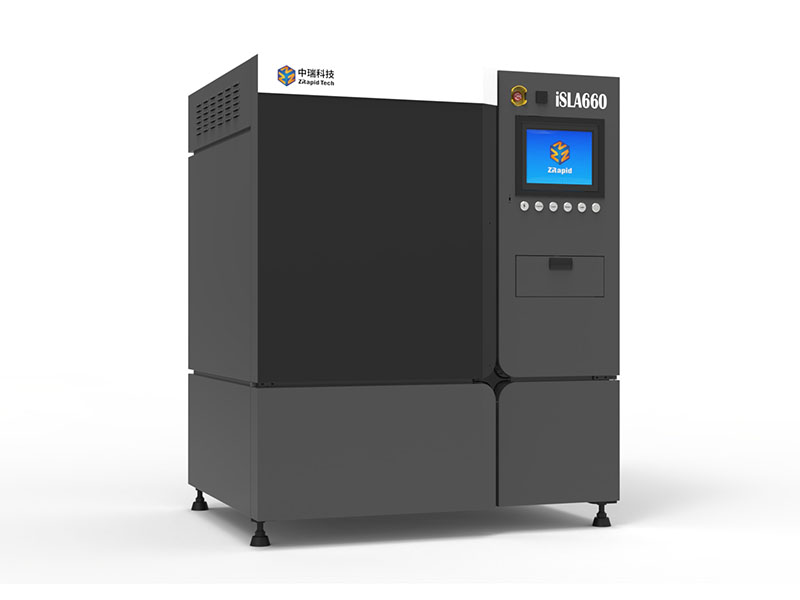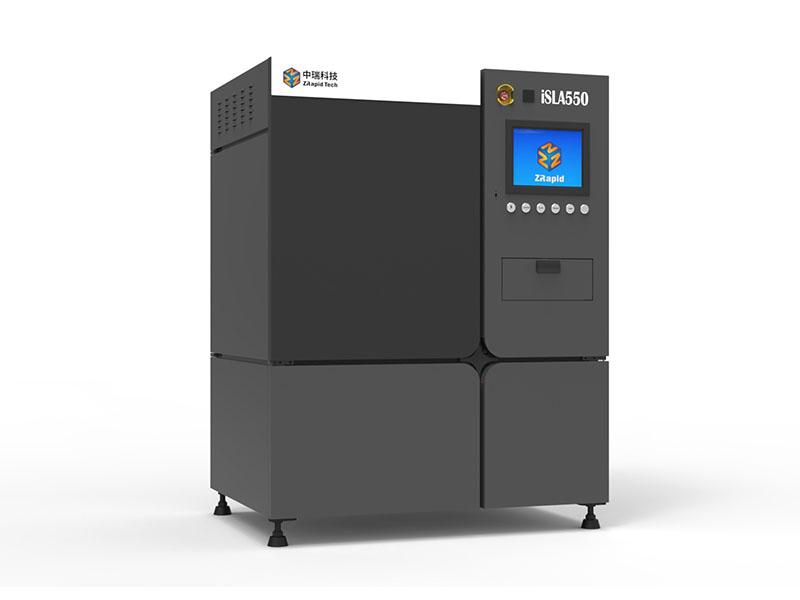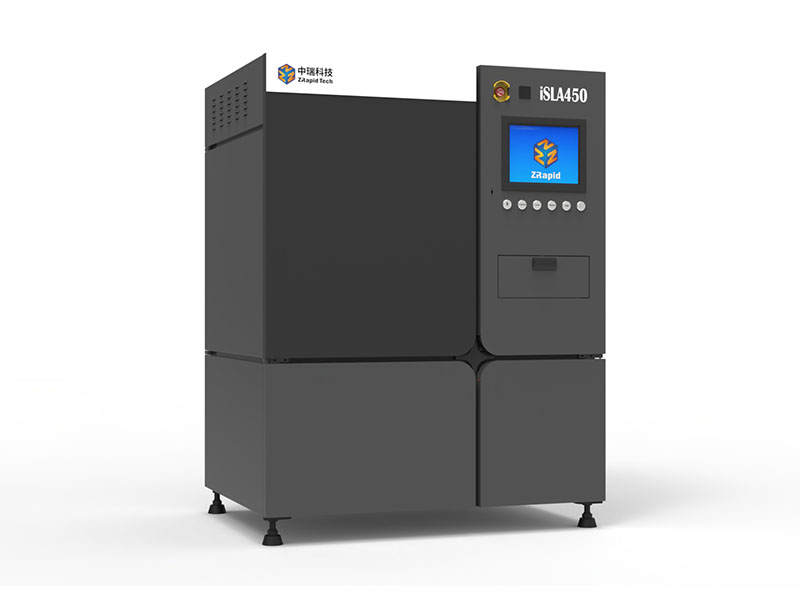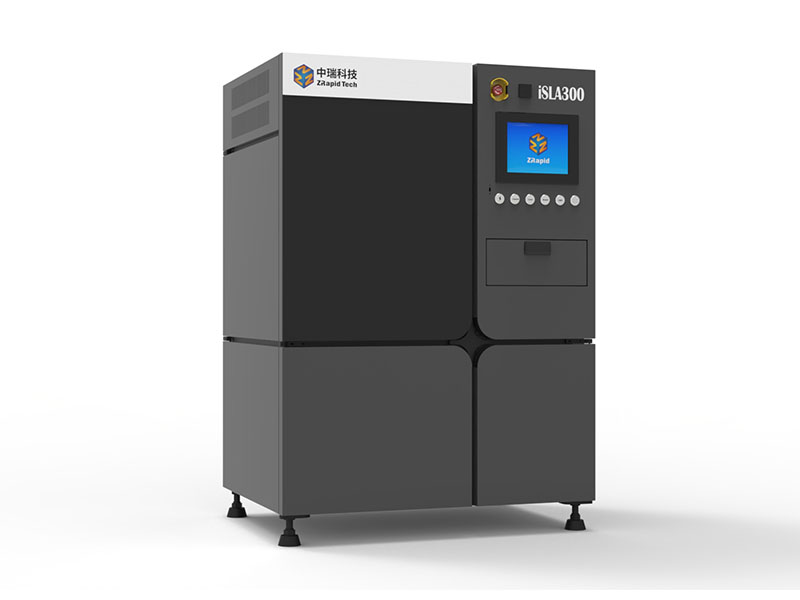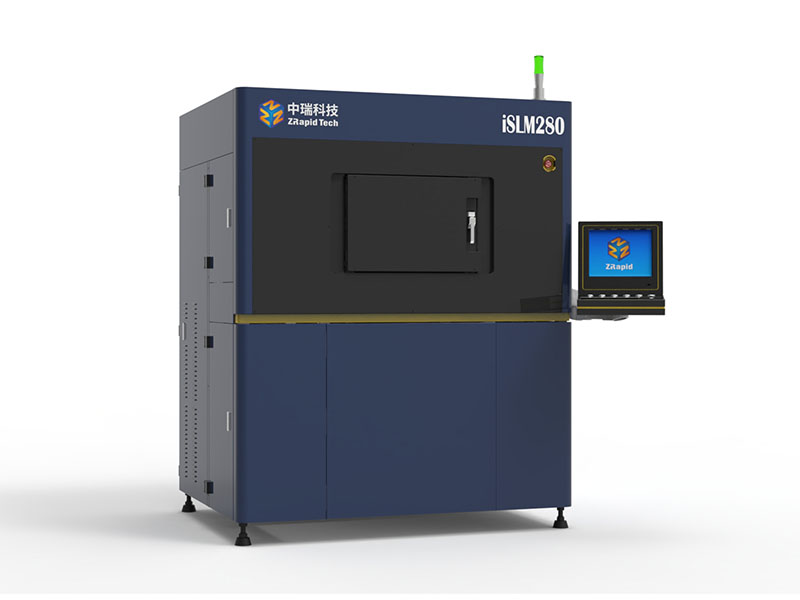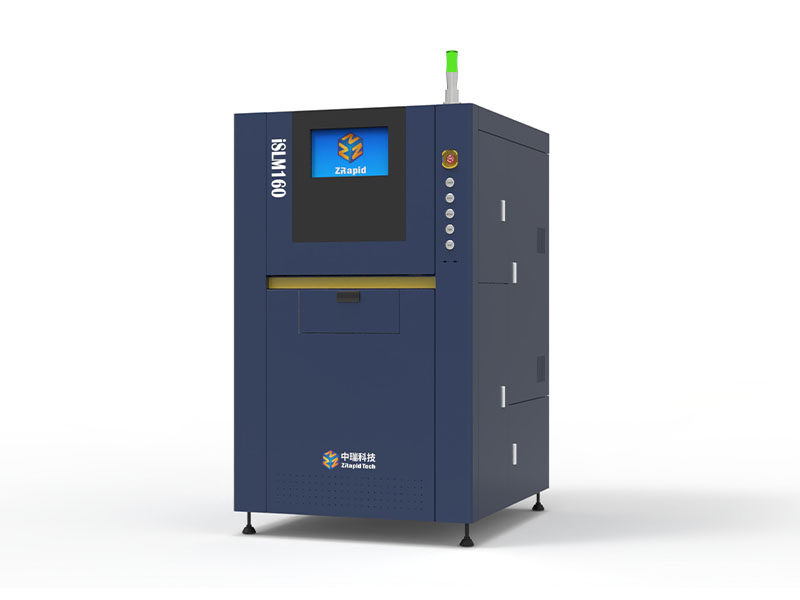Electronics
The application of 3D printing in the consumer electronics industry (mainly mobile phone/electronic product/computer/home appliances/ tools, etc.) is mainly focused on product design and development, and the advantages of the industry are obvious. Electronic consumer goods industry has the characteristics of short product life cycle. It needs continuous development and investment. 3D printing has the advantage of small batch / rapid production of high complexity. With the advantages of 3D printing, you can shorten the Product development cycle, reduce design costs, which is significant for the consumer goods industry.
At the beginning of the product design, the designer proposed the design concept and transformed it into a model for further design and improvement. The next development process included various tests that required various requirements for the process requirements and characteristics of the model. It is possible to meet the needs of each design and to provide a high degree of flexibility in the design process. Compared to the traditional injection molding (injection molding) time and effort, 3D printing has become a trend in prototyping and proof-of-concept applications.
3D printing applications in the consumer electronics industry has the following advantages:
1) To enhance the design level
The model is developed throughout the various stages of product development. Competically, the complexity of the model presents a geometric increase in the difficulty and cost of production, and many complex designs can only go down to reality, taking into account the design cycle and cost issues. 3D printing technology can achieve a variety of complex design of the model, giving designers more freedom, Product design level increased significantly. In the iterative design, for example, in a design cycle, the iterative design generally need to be completed after the mold. The iterations are often accompanied by rising costs, which inevitably leads the designer's design level. The advantages of 3D printing technology in model manufacturing and time cost help designers to do the iterative design in less time with almost negligible cost. In addition, with 3D printing, designers can ignore the traditional design and manufacturing standards, no need to worry about the designing that can be manufactured or not. Designers can directly print the model in the product design process, omit the external model production links, it also can effectively prevent data leakage.
2) Save material and time costs
Conventional model manufacturing is generally made by casting and injection molding, and the manufacturing cycle is one week to two months, depending on the complexity of the model. The more complex the model, the higher the manufacturing cost, while it makes no difference for 3D Printers when print a complex model or a simple model The average cost of the 3D printing is much higher than the traditional technology.The average utilization rate of the material of the traditional material manufacturing method is about 25%, while the average utilization of the 3D printing material rate in theory close to 100%. In actual use, metal 3D printing, compared with non-metallic printing, the material utilization is higher, the vast majority of the remaining metal powder can be recycled.
In addition to material costs, time costs are also critical for consumer goods companies. In traditional outsourcing models, the average delivery cycle of the model is around a week. Due to cost considerations, models often need to be designed to complete the design process, the relevant internal processes and the model delivery time is doubled, compared to the traditional model manufacturing cycle in days, 3D printing technology in hours as a unit, and the print job can be arranged at night or weekend. Product design and modeling can be synchronized to further shorten the product development cycle.



